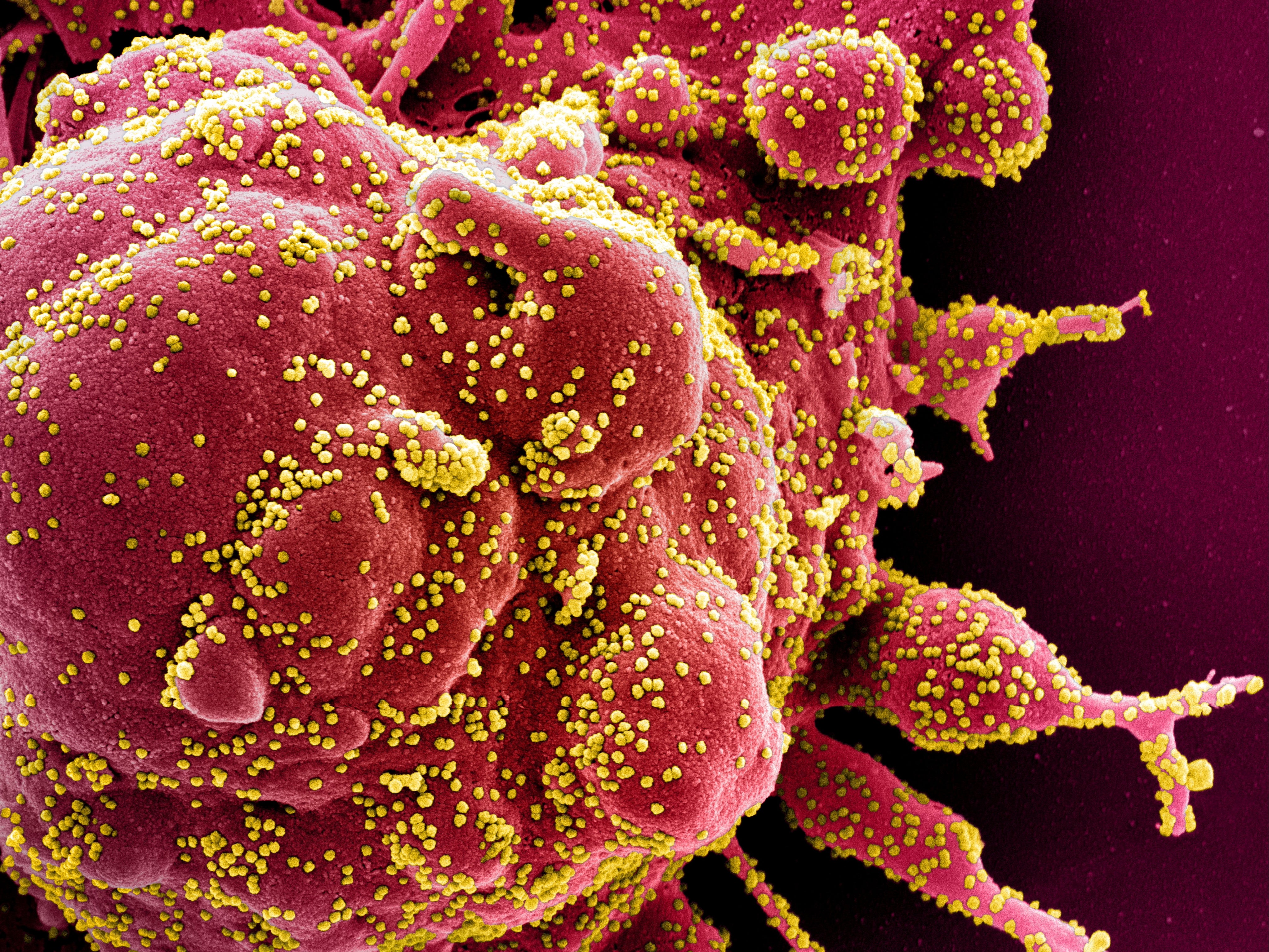Researchers reveal how a coronavirus pandemic broke out in east Asia 20,000 years ago
‘The modern human genome contains evolutionary information tracing back tens of thousands of years’

A genome study has revealed how a coronavirus epidemic spread through east Asia more than 20,000 years ago.
Researchers found traces of that outbreak are still evident in the genetic makeup of people from the area.
"The modern human genome contains evolutionary information tracing back tens of thousands of years, like studying the rings of a tree gives us insight into the conditions it experienced as it grew," said Professor Kirill Alexandrov from Queensland University of Technology’s Centre for Genomics and Personal Health.
Prof Alexandrov and team of researchers from the University of Arizona, the University of California San Francisco and the University of Adelaide used data from the 1,000 Genomes Project, the largest public catalogue of common genetic variation, to look at the changes in the human genes coding for proteins which interact with SARS-COV-2, the coronavirus which has led to Covid-19.
In research published in the journal Current Biology, they then ARS-CoV-2 proteins, without using live cells, to show they interacted directly and specifically pointed to the conserved nature of the mechanism coronavirus use to invade cells.
"Computational scientists on the team applied evolutionary analysis to the human genomic dataset to discover evidence that the ancestors of East Asian people experienced an epidemic of a coronavirus-induced disease similar to Covid-19," Prof Alexandrov said.
East Asian people come from the area which now includes China, Japan, Mongolia, North Korea, South Korea and Taiwan.
"In the course of the epidemic, selection favoured variants of pathogenesis-related human genes with adaptive changes presumably leading to a less severe disease," Professor Alexandrov said.
"By developing greater insights into the ancient viral foes, we gain understanding of how genomes of different human populations adapted to the viruses that have been recently recognised as a significant driver of human evolution.
"Another important offshoot of this research is the ability to identify viruses that have caused epidemic in the distant past and may do so in the future.
"This, in principle, enables us to compile a list of potentially dangerous viruses and then develop diagnostics, vaccines and drugs for the event of their return."
Subscribe to Independent Premium to bookmark this article
Want to bookmark your favourite articles and stories to read or reference later? Start your Independent Premium subscription today.

Join our commenting forum
Join thought-provoking conversations, follow other Independent readers and see their replies